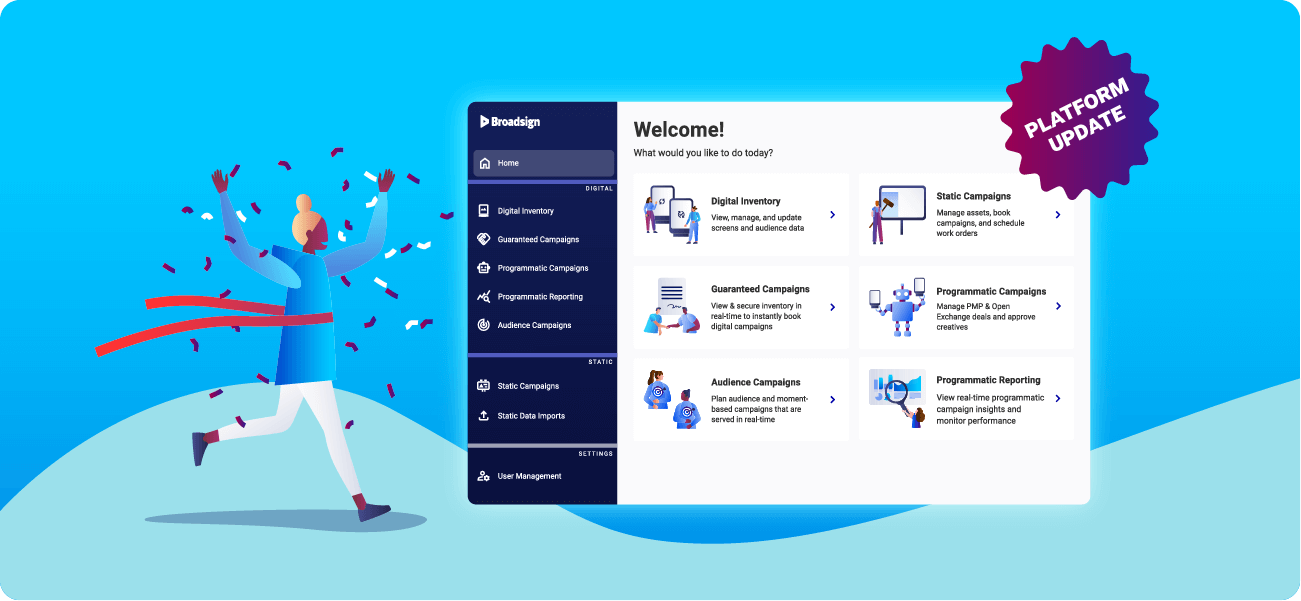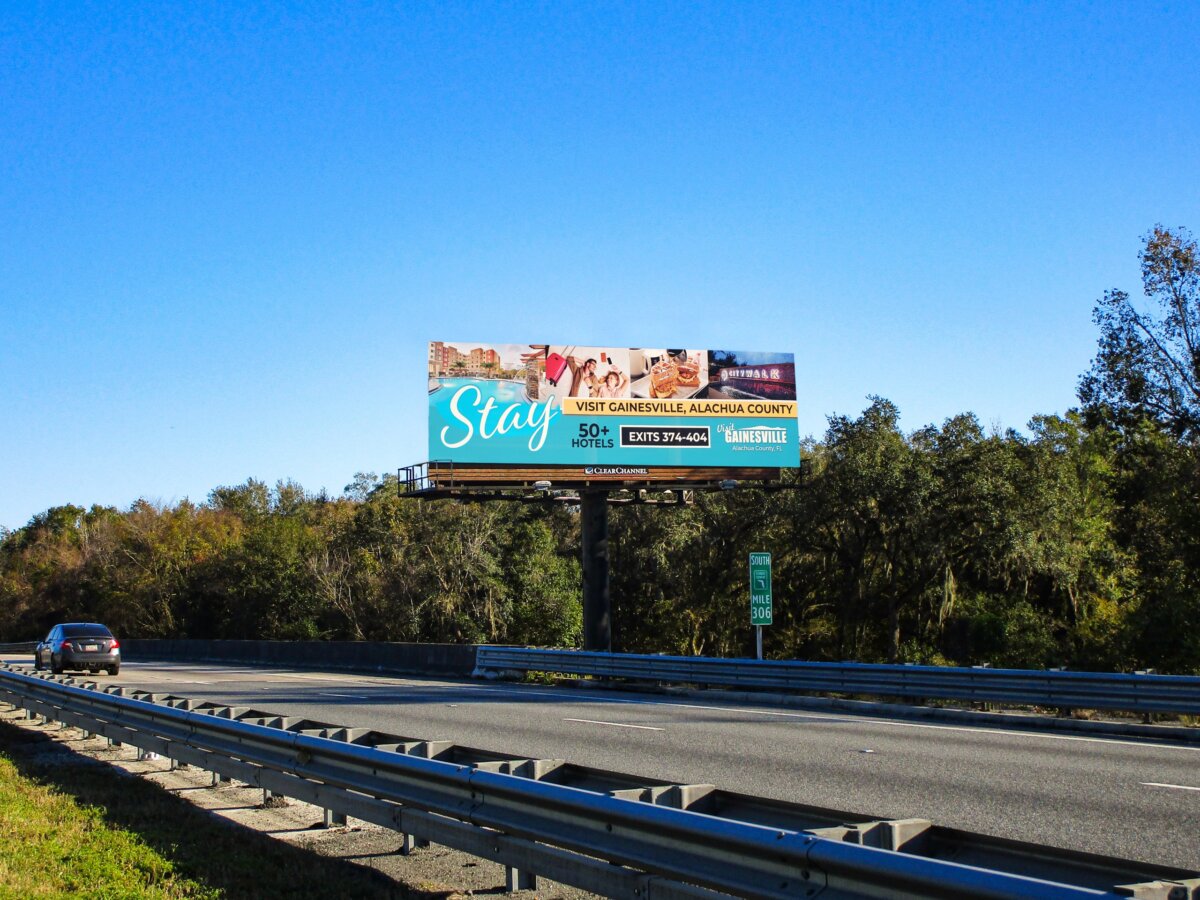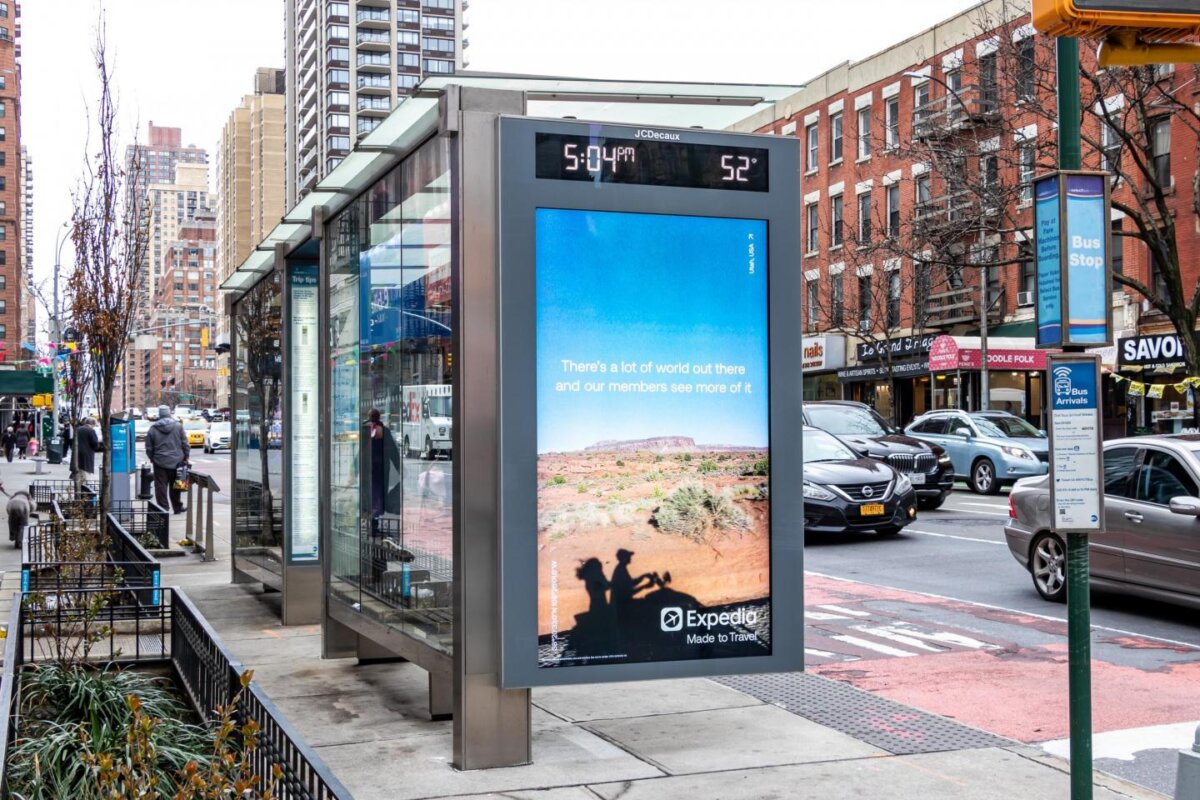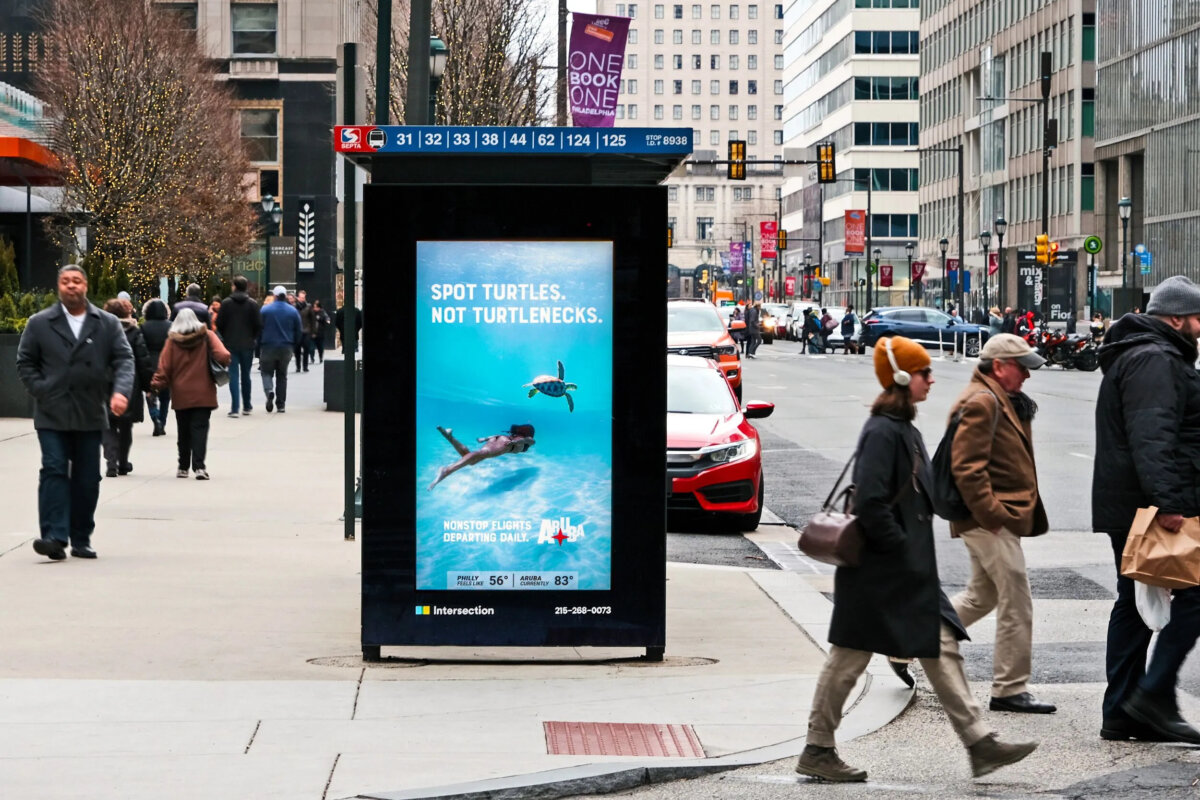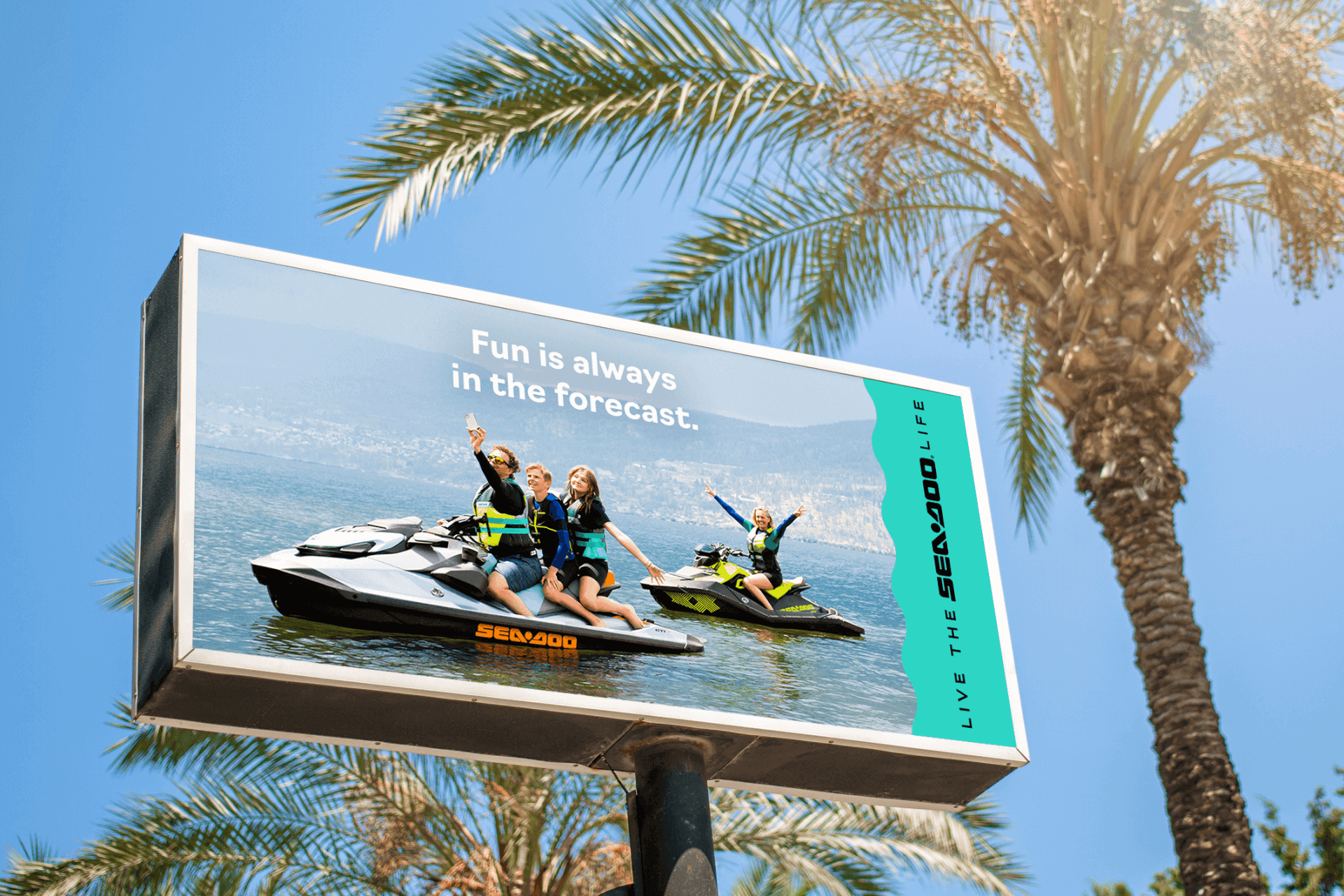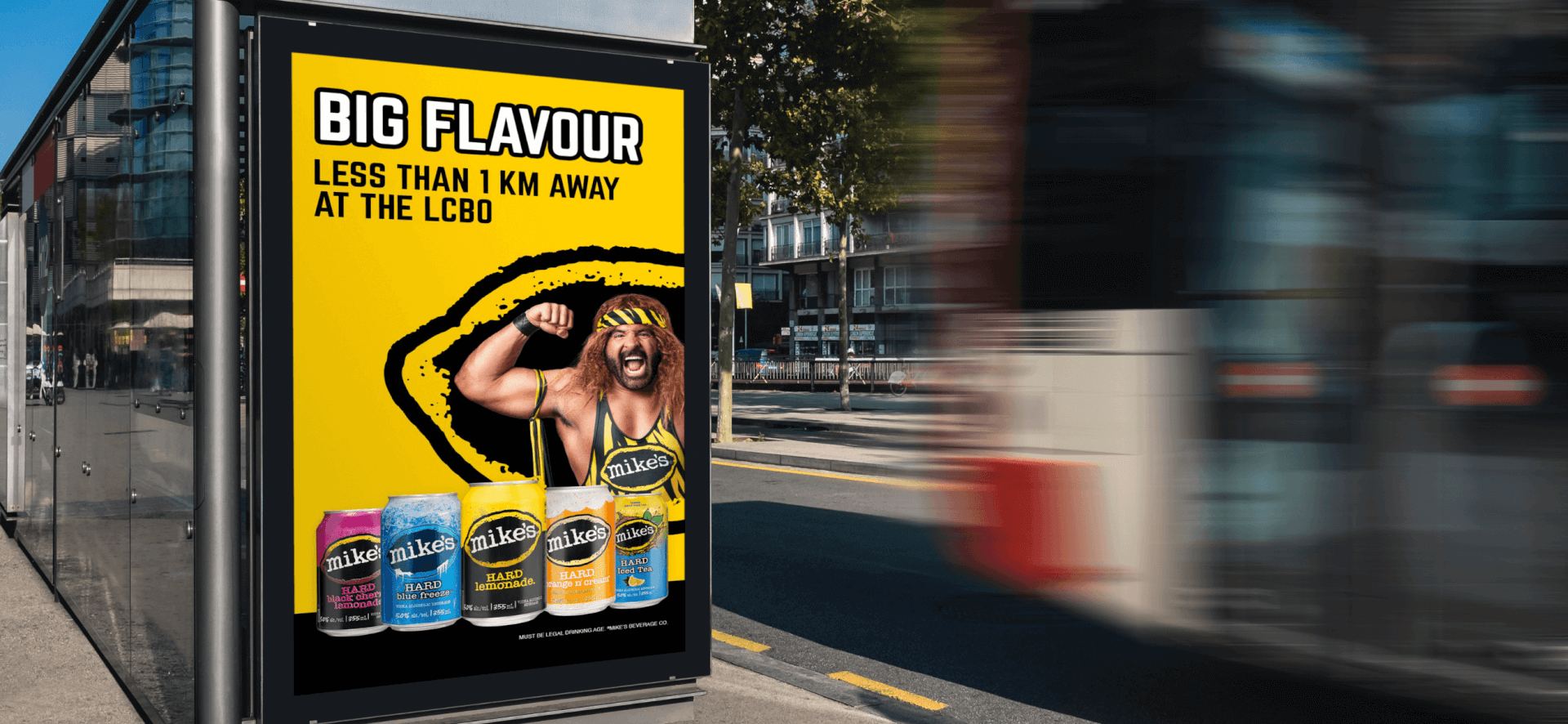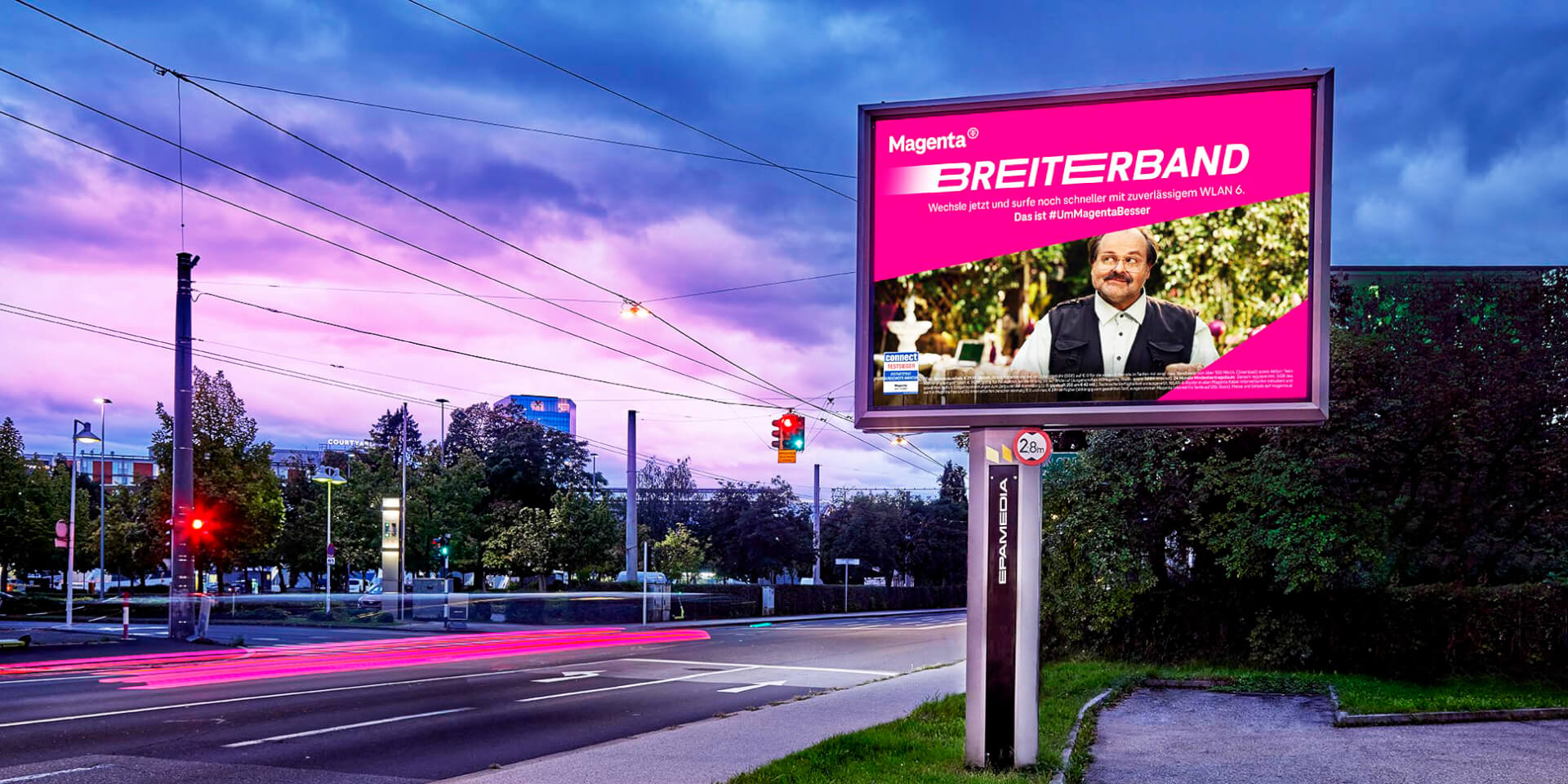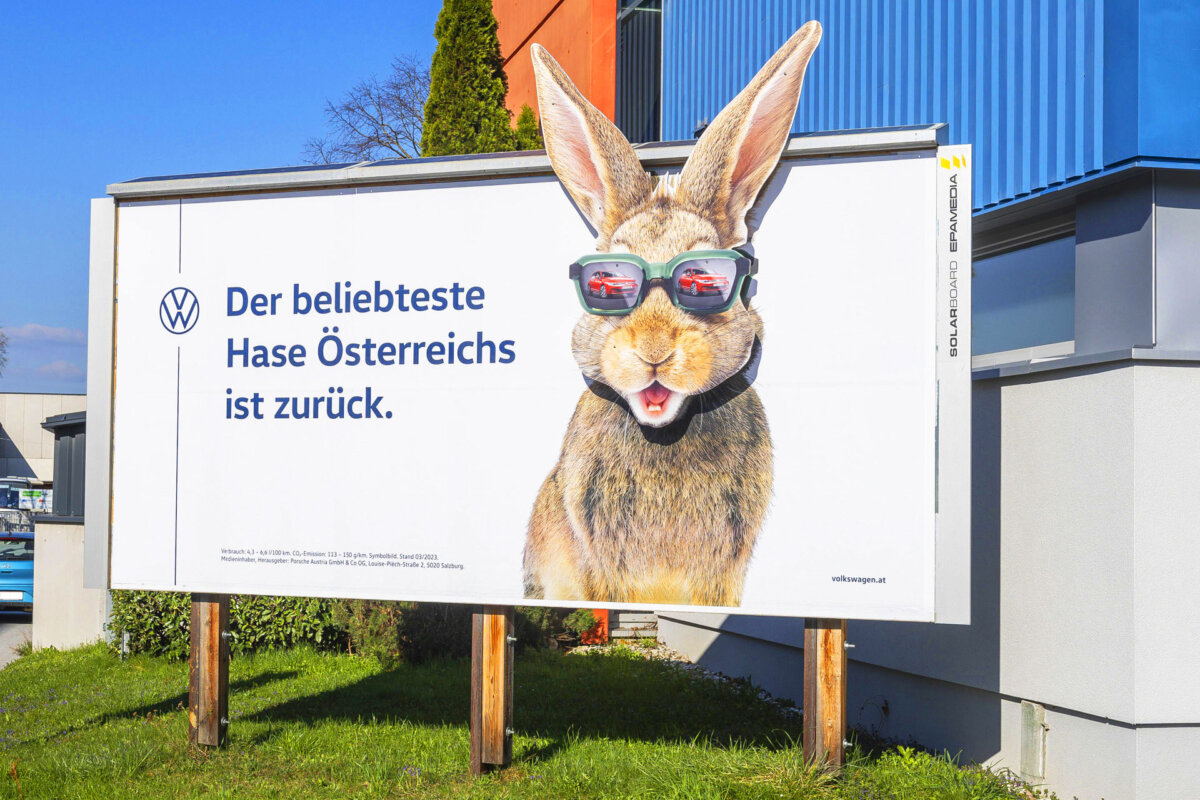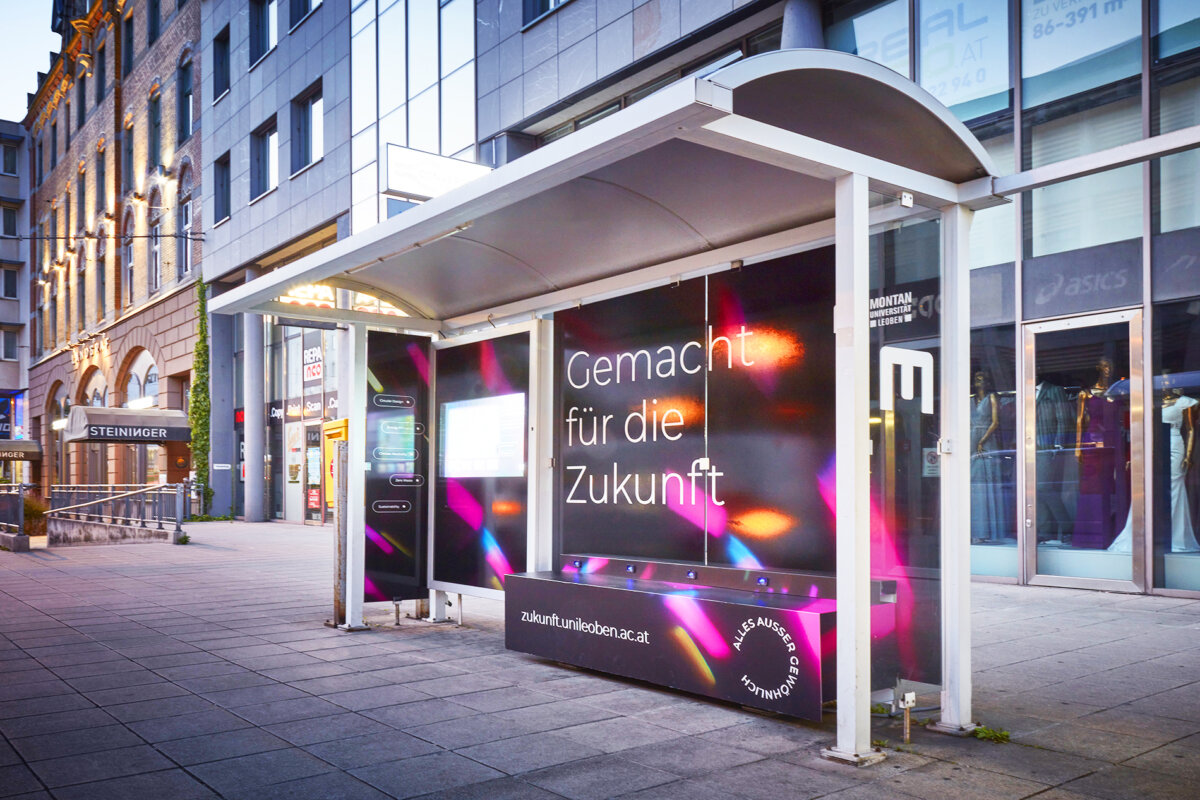| October 11, 2021
What’s new in the Broadsign Platform: Sophisticated targeting, creative management and UI improvements
Spring has finally sprung, which means fresh air, greenery, and, most importantly, fresh updates to the Broadsign Platform. This season we are bringing you sophisticated targeting tools, streamlined creative management, and major UI improvements to make the campaign planning and management process for directly-sold campaigns as seamless as possible for campaign planners.
Why does this matter? While the activation process for digital out-of-home (DOOH) may only require a couple of minutes, the campaign planning and management process often requires much more time. Discovering available and relevant inventory, collecting data to prove the medium’s effectiveness in meeting campaign goals, and managing campaign creatives are all time-consuming tasks.
The new spring updates introduce a new level of automation that not only reduces the time and complexities of getting DOOH campaigns out the door but also helps make out-of-home (OOH) a competitive and attractive medium for buyers. Let’s dive in!
Sophisticated targeting tools that find the best inventory
We don’t believe granular targeting should be just for programmatic buys. That’s why media owner campaign planners who plan, execute, and monitor directly-sold campaigns through the Broadsign Platform now have access to the same flexibility and comprehensive targeting capabilities as online and programmatic media buyers.
With our new targeting tools*, you can now filter your inventory by location and key points of interest (POIs), enabling campaign planners to find the most relevant inventory for each campaign at the click of a button. You now also have access to an intuitive map visualization that displays your inventory with quick filtering by area, support for bulk location uploads, and setting radius parameters.
These additions to the Broadsign Platform not only cut down on the manual work required for inventory discovery but also provide your team the opportunity to be more of a strategic partner to buyers.
For your sales team – who juggle multiple responsibilities, like business development, client relations, creating proposals, negotiating deals, and overseeing campaign execution and performance – they can spend less time on administrative tasks and more time advising buyers on the effectiveness of OOH and its complimentary effect with other mediums. For your campaign planners – who often juggle multiple campaigns at once – they can plan and set up campaigns a lot quicker, freeing themselves to focus on more critical tasks.
*Disclaimer: For sophisticated targeting capabilities, you must be fully migrated to the Broadsign Platform and be located in the following supported countries – Australia, Austria, Belgium, Canada, Cyprus, Estonia, Finland, France, Germany, Greece, Ireland, Italy, Latvia, Lithuania, Luxembourg, Malta, Netherlands, Portugal, Slovakia, Slovenia, Spain, Switzerland, United Kingdom, United States of America.
Simplified creative management and centralized campaign planning
Media owners juggle multiple campaigns and creatives at the same time, and without the right tools, the creative management process can become complex and stressful for your teams. Our new creative management tools now allow you to create, edit, manage, and assign campaign creatives with ease. On top of that, you’ll also be able to push your campaigns live – all within a single unified workflow through the Broadsign Platform.
In this update to the Broadsign Platform, you can now manage creative bundles for each of your campaigns directly through a new web-based workflow, eliminating the need to go through the Broadsign desktop tools. This enhancement provides your team with greater flexibility by allowing them to access and manage their campaigns from any location at any time.
We think you’ll also love how intuitive and easy-to-use the campaign planning tools are to adopt. Users of all technical proficiency levels can quickly learn and use this streamlined approach to create and manage campaigns with ease.
Additional management tools for an improved user experience
Along with comprehensive creative management and targeting tools for directly-sold campaigns, additional tools and UI enhancements have been added to improve the usability and user experience of the Broadsign Platform:
The Guaranteed Campaigns module is now fully integrated into the Broadsign Platform
We’ve fully integrated the Guaranteed Campaigns module, formerly called Broadsign Direct, into the platform interface. This consolidation allows you to more conveniently manage campaigns, packages, and settings directly from the Broadsign Platform, eliminating the need to visit the original stand-alone application.
Inventory package accessibility
Access inventory packages effortlessly through the platform’s updated navigation bar, enhancing efficiency and ease of use.
Centralized settings management
Administrators can now adjust and manage all necessary settings for digital and static inventory, user management, and more directly within the platform’s web-based UI through a centralized hub for control and configuration.
Campaign monitoring enhancements
With the newly implemented progress indicator, real-time monitoring of campaign pacing is now possible, giving immediate insight into campaign performance. This allows for quick adjustments to be made, as needed, to meet campaign goals effectively.
Search functionality and filters
An improved search mechanism, complemented by additional filters like campaign, client or contract names, enables quicker and more accurate campaign retrieval, saving time and improving workflow.
Dashboard customization
Tailor the platform’s dashboard to meet individual needs, ensuring that the most relevant and important information is always front and center.
Want to know more?
Here’s a short FAQ to provide you with some answers to some questions you might have regarding our latest updates:
What do I need to do to prepare for the update?
There’s no need to do anything to prepare for the update. It will be applied automatically to your Broadsign Platform account.
Will all my users have access to creative management?
Admins automatically have access, and we’ve also created two new creative user roles which would also have access, if granted. Take a look at our documentation for more information on roles.
Will this affect any of my API integrations?
No, there will be no impact on the use of APIs or any integrations.
Will the update affect my existing campaigns?
No, the update will not affect your existing campaigns.
Will I still be able to access the original Guaranteed Campaigns (Broadsign Direct) interface?
Yes, however only by using this URL. The Broadsign Platform will now no longer redirect you to the old interface.
Will https://direct.broadsign.com still work?
Yes, however we highly encourage you to use the new Broadsign Platform moving forward as new features and improvements may only be accessible there.
